Skipton
OS grid reference:- SD 989 517
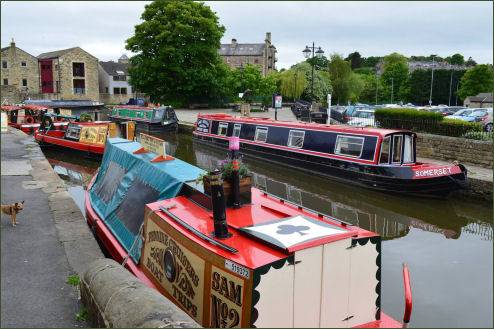
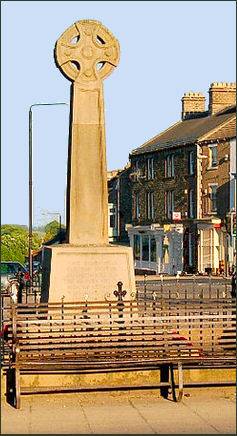 The pleasant and bustling market town of Skipton, otherwise known as 'the Gateway to the Yorkshire Dales' is situated in the North Yorkshire district of Craven which is located just to the south of the Yorkshire Dales National Park. The town also lies on both the River Aire and the Leeds and Liverpool Canal.
The pleasant and bustling market town of Skipton, otherwise known as 'the Gateway to the Yorkshire Dales' is situated in the North Yorkshire district of Craven which is located just to the south of the Yorkshire Dales National Park. The town also lies on both the River Aire and the Leeds and Liverpool Canal.
A settlement of ancient origins, it has been recorded as far back as 1085, Skipton is referred to in the Domesday Book of 1086. Its name derives from the Anglo-Saxon word 'sceap' meaning sheep along with 'tun' meaning town or village. The town played an important during the English Civil War, when a Royalist garrison was situated at the castle, under the command of Sir John Mallory. It was the last remaining Royalist stronghold in Northern England until its surrender on 20 December 1645 after a three-year long siege.
Skipton also hosted a military camp during the First World War, known as 'Raikeswood Camp', it stood at the head of what is now Salisbury Stree. Overdale Camp, now Overdale Caravan Park, was used as a Prisoner of War camp during World War II and held both Italian and German soldiers.
Award winning Skipton High Street has retained much of its old world charm. The High Street consists of a wide avenue with cobbled streets with alleyways which lead off. At the top of the High Street, by the Holy Trinity Church, stand Mill Bridge, Water Street and Chapel Hill which contain some of the oldest buildings in Skipton's Historic Quarter.Characterful Victoria Square boasts many individual shops and cafes.
Skipton Market, regularly held on High Street has a long history and is held four days a week, every Monday, Wednesday, Friday and Saturday.
Skipton experienced a boom during the Industrial Revolution, as it lay on the Leeds-Liverpool Canal, between the major cities of Leeds and Liverpool and many mills where built in the town. High Corn Mill, dating back to 1310, is one of the oldest mills in the county of North Yorkshire. The mill is powered by the waters of Eller Beck. In the fourteenth century it was owned by Robert de Clifford, 1st Baron de Clifford. The building which survives today is but part of what it once was. The mill has been totally redesigned, with the two main buildings of the old mill being turned into flats in 2007.
The Leeds and Liverpool Canal was originally built to enable the transport of heavy goods over the Pennines from the industrial heartlands of West Yorkshire to the docks at Liverpool. The canal is 127 miles long and was opened in 1816. Guided boat trips are available on the canal, while it is also possible to hire canal boats.
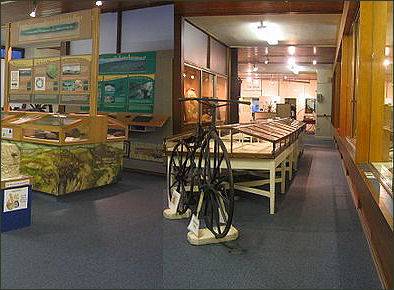
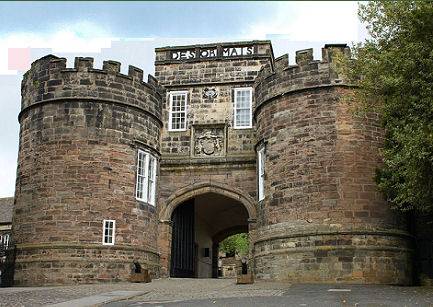 Holy Trinity Church stands on High Street, and dates back to the Medieval era. The first church to occupy the site was built in the early twelfth century. The present church dates back to about 1300, and was extended in the late fifteenth century. The church was damaged during the Civil War, and was repaired and restored in the 1650s with the aid of the heiress Lady Anne Clifford of Skipton Castle, whose father's tomb may be seen in the church. The building was restored in 1909 by the Lancaster architects Austin and Paley. The font boasts a Jacobean cover while the rood screen dates from Tudor times. There are several monuments to the Clifford family in the church dating from the sixteenth and seventeenth centuries.
Holy Trinity Church stands on High Street, and dates back to the Medieval era. The first church to occupy the site was built in the early twelfth century. The present church dates back to about 1300, and was extended in the late fifteenth century. The church was damaged during the Civil War, and was repaired and restored in the 1650s with the aid of the heiress Lady Anne Clifford of Skipton Castle, whose father's tomb may be seen in the church. The building was restored in 1909 by the Lancaster architects Austin and Paley. The font boasts a Jacobean cover while the rood screen dates from Tudor times. There are several monuments to the Clifford family in the church dating from the sixteenth and seventeenth centuries.
Craven Museum & Gallery (pictured left) which is situated in the Town Hall, hosts interesting displays covering social history, archaeology, costume and art. The exhibition gallery on the ground floor shows a changing programme of exhibitions related to heritage and the arts. Shakespeare's First Folio of complete works is on permanent display in the museum. Entrance to the Museum & Gallery is free and there are lots of activities for children to engage in.
Skipton Castle
Historic Skipton Castle, one of the most complete and best preserved medieval castles in England, was constructed in 1090 by the Norman baron, Robert de Romille, lord of the multiple estates of Bolton Abbey. The original earth and timber structure was rebuilt in stone to withstand attacks by Scots raiders.
During the Civil War the castle was the only Royalist stronghold in the north of England until December 1645. After a three-year siege, it was surrendered to Cromwell in 1645, who ordered the removal of the castle roofs. Legend relates that during the siege, sheep fleeces were hung over the walls to deaden the impact from the rounds of cannon fire. The heiress Lady Anne Clifford restored Skipton Castle after the Civil War.
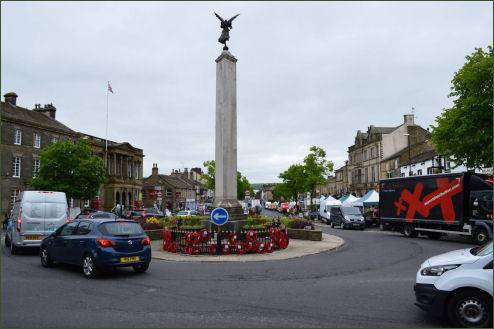

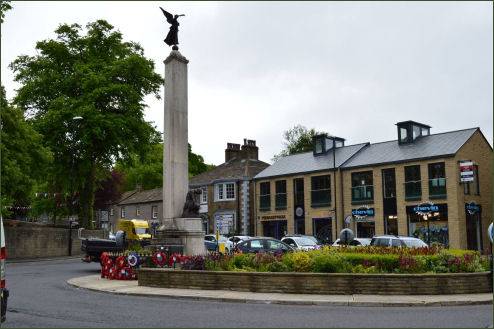
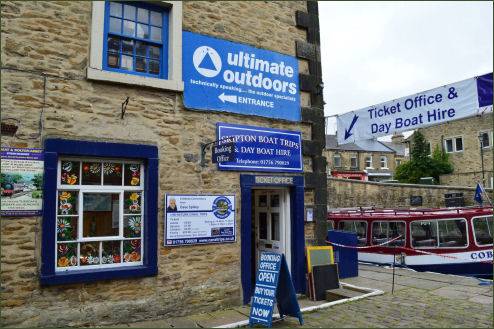
Images courtesy of Paul Johnson
More on Holy Trinity Church, Skipton
